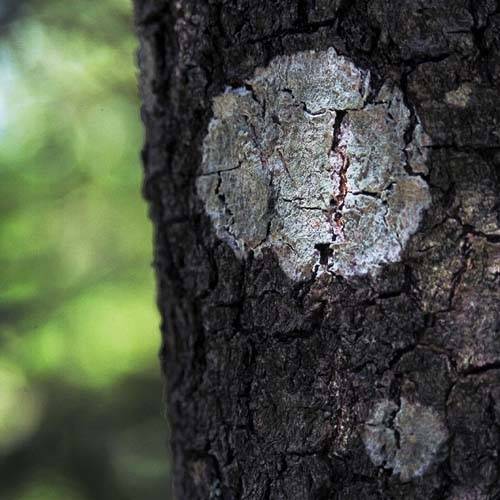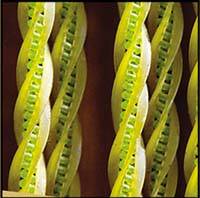Chapter2.Digital Exposure
|
|
Chapter 2. Digital ExposureExposure is one of those things that can be deceptively simple or complex depending on your experience level, quality requirements, and overall expectations. This chapter starts by looking at what exposure is, including the variables that determine exposure and the range of visual effects that can be created as those variables are modified. Within this context, we'll look at how the tonal range of the visible world is compressed and abbreviated as its reflection passes through the camera lens and is printed on paper. This phenomenon establishes the primary theme for this chapter: The limited tonal range of the photographic process forces us to make decisions about which tonal areas of the image should be emphasized. Exposure directly influences this emphasis and must be controlled in order to make good choices. From there, we'll look at the differences between optical and digital exposure compensation and help you choose the best way to make corrections, based on your equipment restrictions and the scene itself. This discussion is followed by a list of exposure correction options. Having established that determining the proper optical exposure is the best approach, significant emphasis is placed on exactly how to determine proper optical exposure, along with how to use a light meter and how to apply optical corrections to the digital workflow. The final pages of this chapter present tips for exposing specific types of scenes, including landscapes, objects, and close-up photography.
Is There Such a Thing as "Perfect Exposure"? Even if they don't know exactly how it works, most people would agree that good photography and good exposure go hand in hand. In most cases, people look at an image and, if the light balance looks okay, they nod their heads and say that the exposure looks good. In some cases, if the contrast is good and the shadows are well defined, they might even say that the exposure is perfect. But what do they mean by that? Is there really such a thing as perfect exposure? If your objective is to capture the widest range of visible light in the image, with deep yet open shadows and well-defined highlights, then perhaps you can look at a picture and say that the exposure looks optimum, perhaps even perfect. But is this a universal assessment that can be standardized and applied to every photographic circumstance? I don't think so.
|
|
|
EAN: 2147483647
Pages: 141


